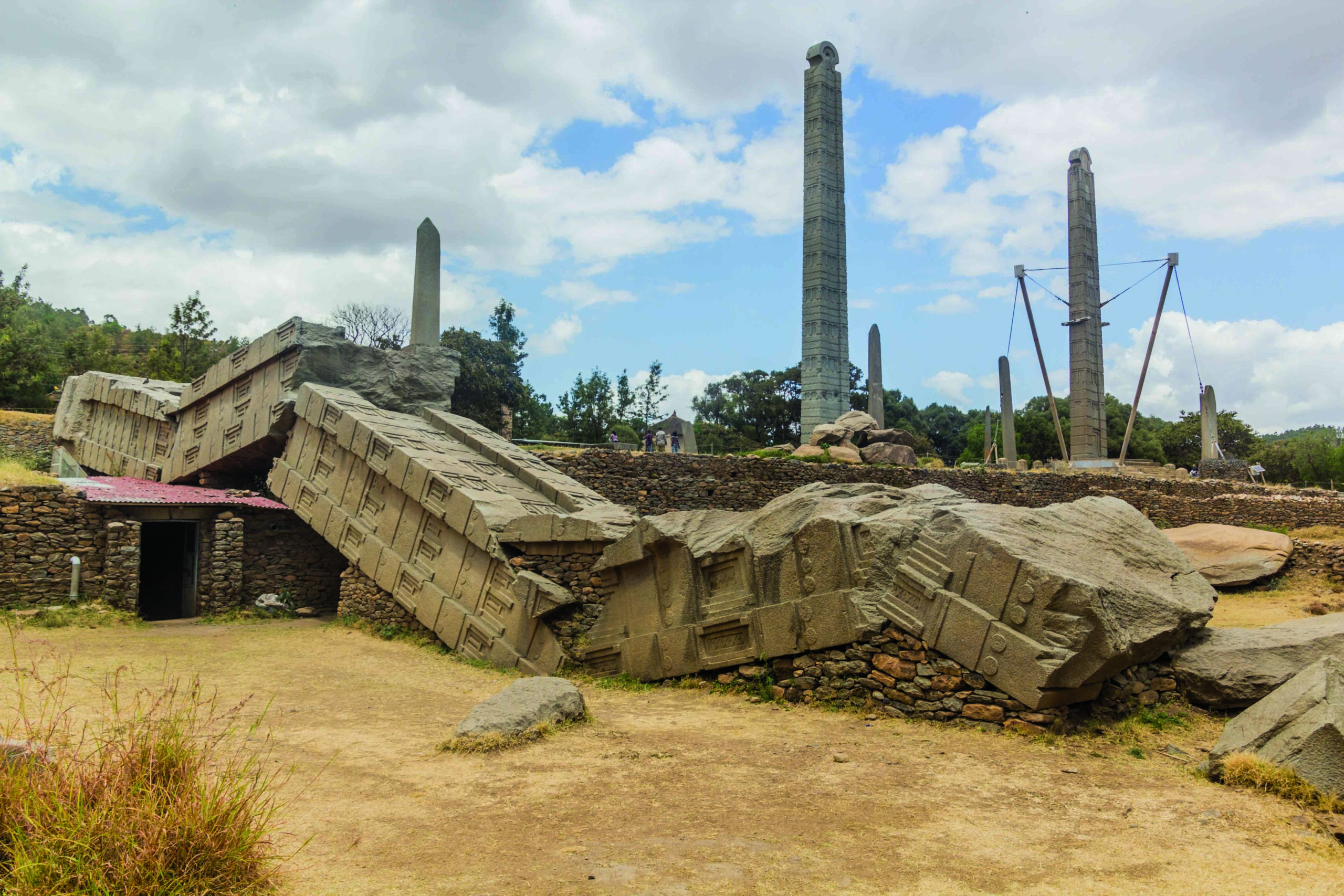SYRACUSE, NEW YORK—BBC News reports that the possible site of Fort Kormantine has been found by archaeologist Christopher DeCorse of Syracuse University and his colleagues on Ghana’s Atlantic coastline. A gunflint, seventeenth-century tobacco pipes, pottery, and a goat’s jawbone are among the artifacts uncovered, in addition to a 20-foot-long stone wall, a doorpost, foundations, and a red brick drainage system. Constructed in 1631, Fort Kormantine was first used by English gold and ivory traders. But slavers began to use Fort Kormantine to store goods used in the purchase of enslaved people in 1663, when King Charles II granted a monopoly in the trade of human beings to a group that eventually became the Royal African Company. People taken from different parts of West Africa were also held at Fort Kormantine before they were shipped to the Caribbean and forced to work at sugar plantations. DeCorse explained that the site is situated within Fort Amsterdam, which was built by the Dutch, who seized Fort Kormantine from the English in 1665. To read about a Danish fortress that was another hub of the transatlantic slave trade, go to "Letter from Ghana: Life Outside the Castle."
Possible Traces of 17th-Century English Fort Found in Ghana
News August 1, 2023
Recommended Articles
Artifacts March/April 2022
Paleolithic Beads
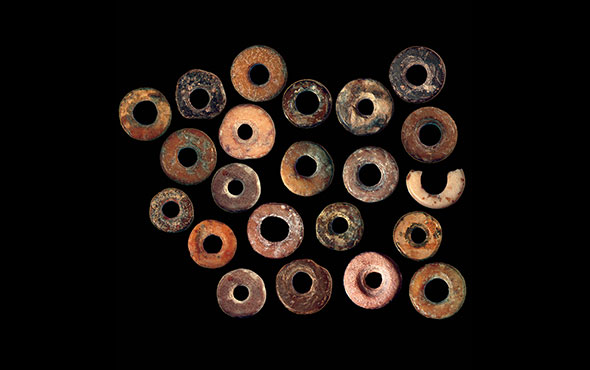
Digs & Discoveries May/June 2021
Ship of Ivory
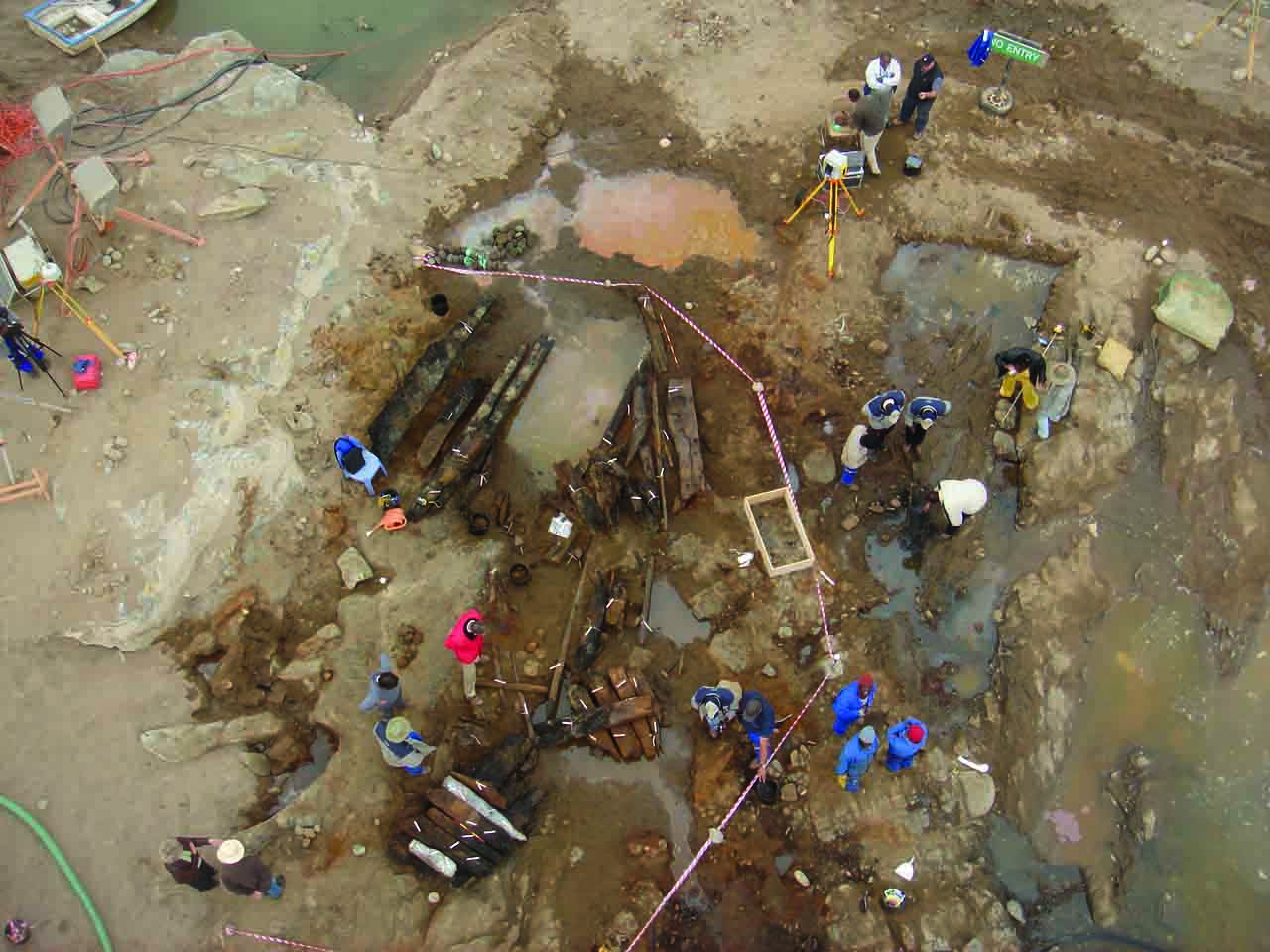
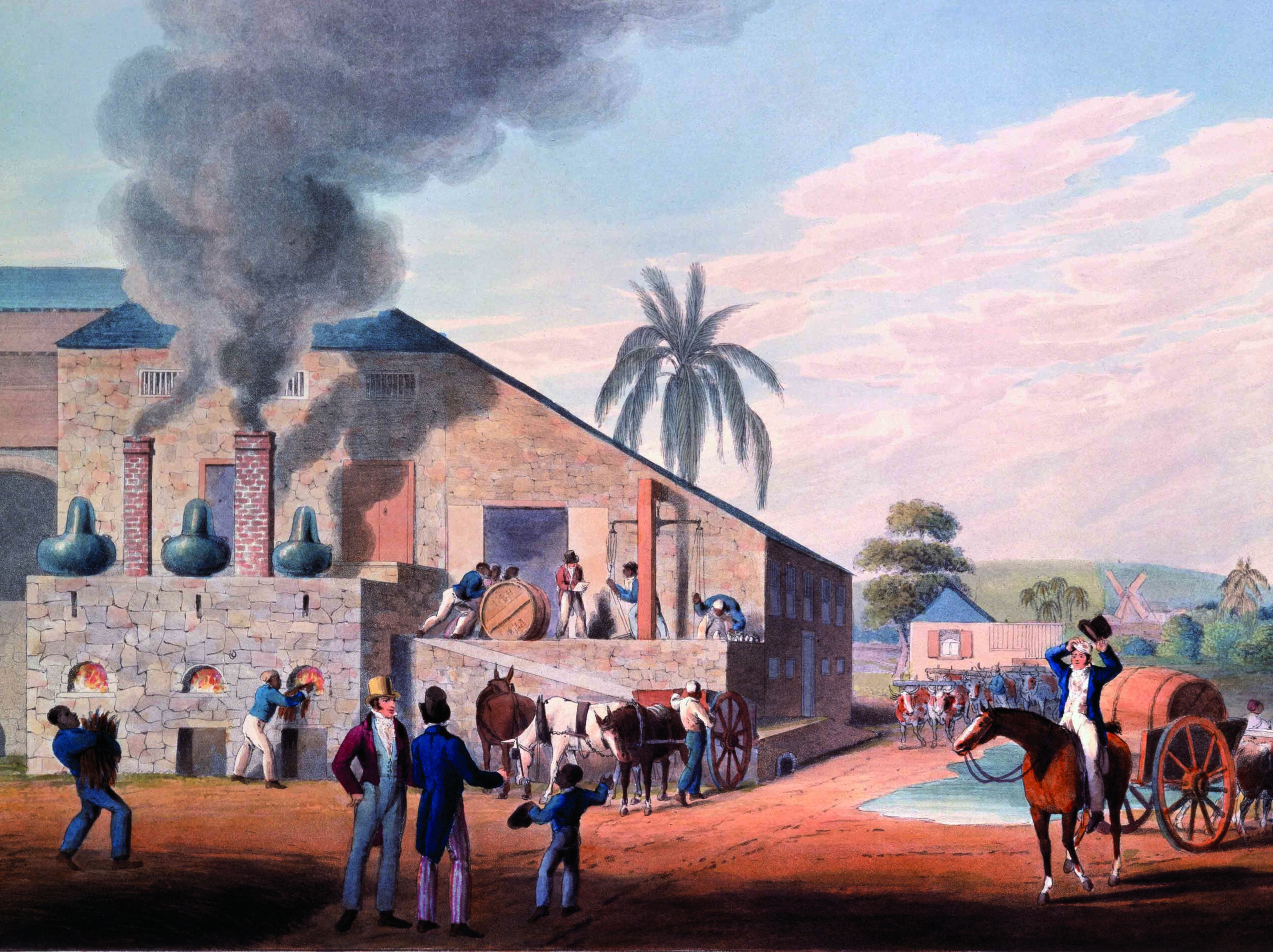
Digs & Discoveries May/June 2020
Scaredy Cats

-
Features July/August 2023
An Elegant Enigma
The luxurious possessions of a seventeenth-century woman continue to intrigue researchers a decade after they were retrieved from a shipwreck
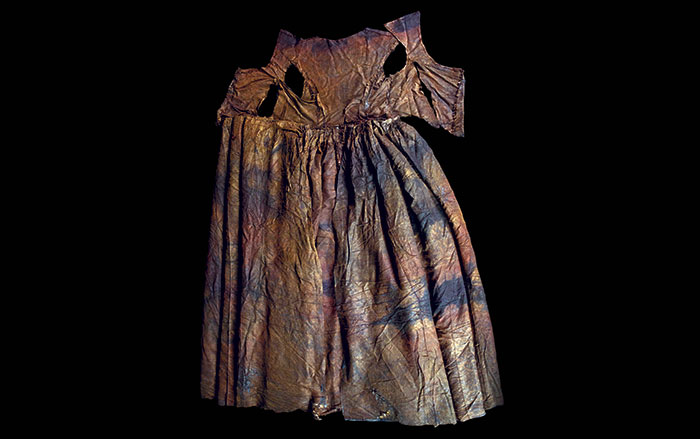 (Courtesy Museum Kaapskil)
(Courtesy Museum Kaapskil) -
Features July/August 2023
Rise of the Persian Princes
In their grand capital Persepolis, Achaemenid rulers expressed their vision of a prosperous, multicultural empire
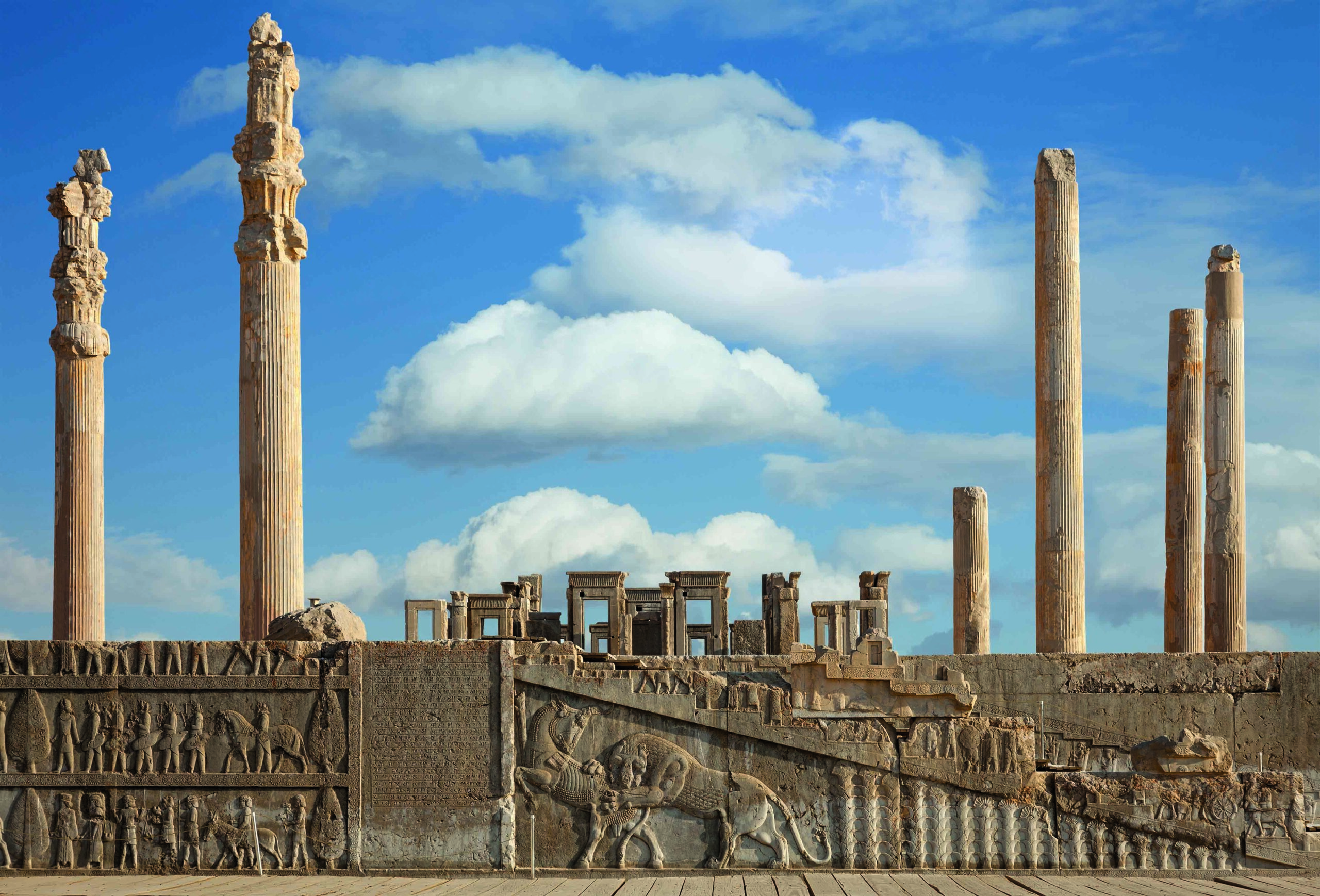 (Borna_Mir/ Adobe Stock)
(Borna_Mir/ Adobe Stock) -
Letter from Patagonia July/August 2023
Surviving a Windswept Land
For 13,000 years, hunter-gatherers thrived in some of the world’s harshest environments
 (Courtesy Raven Garvey)
(Courtesy Raven Garvey) -
Artifacts July/August 2023
Norse Gold Bracteate
 (Arnold Mikkelsen, National Museum of Denmark)
(Arnold Mikkelsen, National Museum of Denmark)


